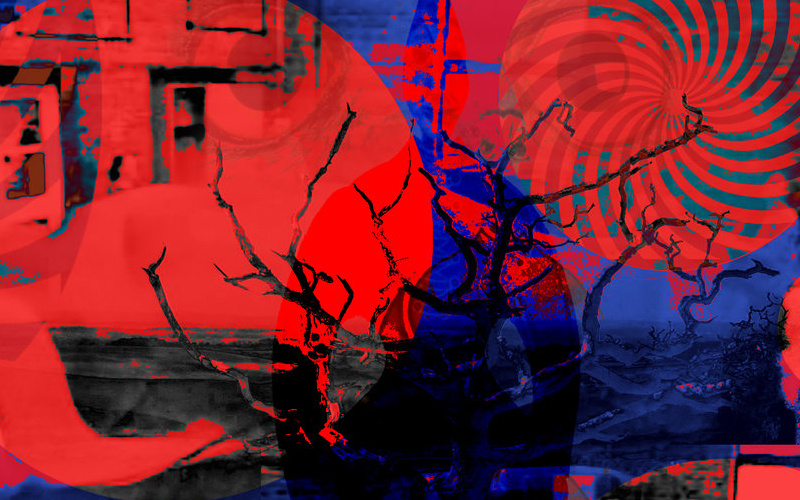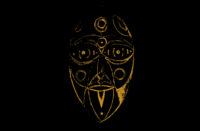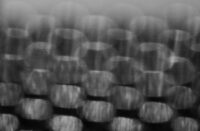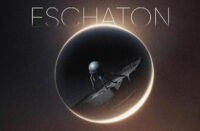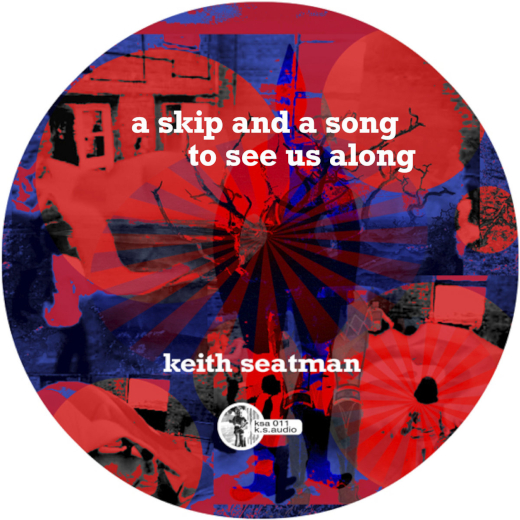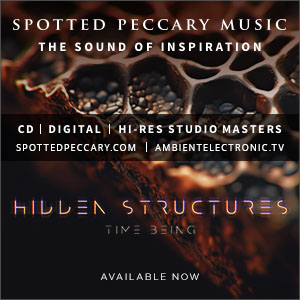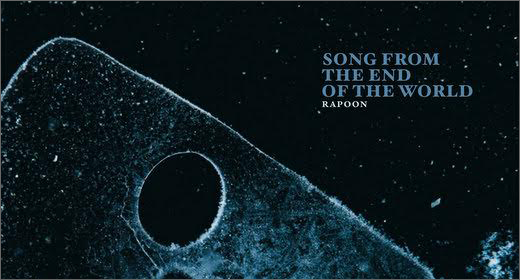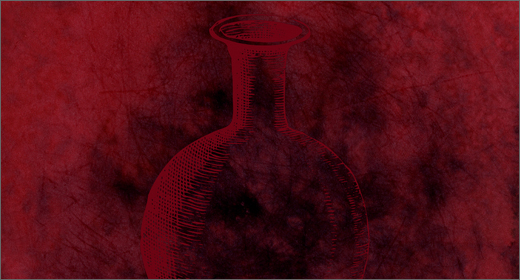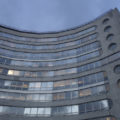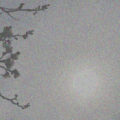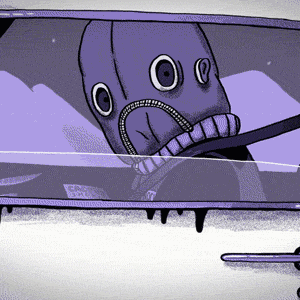There’s a feel of controlled randomness in this LP, and it helps maintain its erratic feel overall, as music like this sounds so quirky to the point it could mostly work as accompaniment for something else.
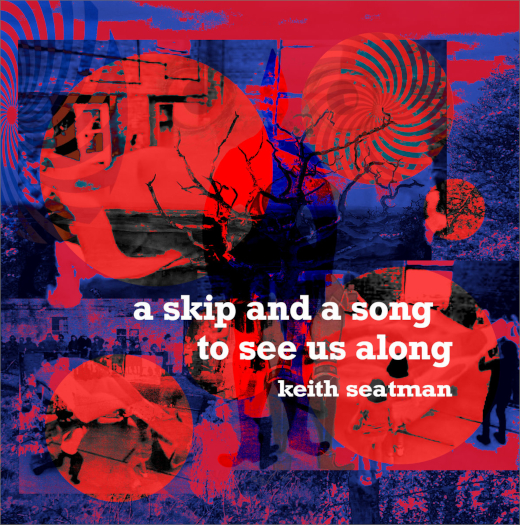
Quirky and spooky
If I had one word to summarize A Skip and a Song to See Us Along, I’d probably use the word quirky. I’d also use the word spooky, but that would make it two, so I’ll stick with the former. Colorful arrangements, some odd keyboards you’d hear in children’s cartoons, and mysterious samples all contribute to the album’s overall intriguing atmosphere, but there’s also something a bit unnerving lying underneath all of that; even in the most extravagant tracks there’s always a sense of unease, as if all the quaint instrumentation was somewhat oppressed. This duality between cartoony feels and a tingling spine makes up for a rather engaging experience, and with each track almost playing like its own separate vignette, each new moment comes as a new odd scene in one of the cartoons the music would fit greatly into. If I wasn’t enough to convince you, maybe titles such as “A Skip and a Song to See Us Along,” “Outside My Room All Sadness and Gloom,” and the exceptional poem that is “Hickelty Pickelty” should be enough to lead you to believe that the music is, indeed, quite colorful and extravagant.
It’s quite hard to pin down how a lot of Keith Seatman’s compositions work, because they often succeed due to their quirks. There’s some motifs or hooks that get brought back in the pieces, but rarely do they ever work as a lead; there’s percussive components too, but again they quite never establish a beat; there’s progression to some of the tracks, but none of them ever quite climax. Instead, it’s always the way Seatman alters all of these elements to make the compositions stand out, as those melodies often change throughout the track, the beats shift into different grooves or are used in more cinematic ways with their big thuds, and the progressions lead to new instruments coming in and doing their own thing, as if they suddenly found themselves in a piece that’s already begun. There’s a feel of controlled randomness in this LP, and it helps maintain its erratic feel overall, as music like this sounds so quirky to the point it could mostly work as accompaniment for something else.
Most tracks do manage to leave an impression though, do not think of this as background or ambient music, especially with how much I’ve highlighted the album’s friskiness so far. With each track seemingly being its own scene, quite a handful manage to stand out; the first of which is “For the Causeway Turn,” offering one of the best atmospheres on the record. The field recordings of waves and seagulls set an unmistakable beach vibe, but the gloomy instrumentation makes it feel like it’s a rather swampy beach, with a couple dead trees and murky soil. The piece also gets a bit noisy and chaotic at times, as the layered keyboards don’t seem to even try to cooperate with one another; a bit of dissonance also helps establish this messy feel, and it’s a pretty common trick that Seatman makes use of in this record, also making it what gives the music its spooky appeal.
A bit of dissonance also helps establish this messy feel ::
“Outside My Room All Sadness and Gloom” is also a highlight, and one of the more linear pieces when it comes to structure. Plenty of synthesizers get stacked, with the really dynamic synths being the center of attention and the track’s true strength, while the background ones provide some screeches and noise to add detail and an extra sense of discomfort to the piece’s somber atmosphere.
Another of the nursery rhyme titled tracks, “Hickelty Pickelty,” also stands out due to its vocal sample. A little kid telling you about a man falling into a wheelbarrow, sounds really fun, until it happens to happen to you; wheelbarrows aside, the track isn’t that fun actually, as you get these short phrases from what seems to be a vibraphone that are always descending, and slightly dissonant too, they’re definitely not trying to match the funny image of the man falling into a wheelbarrow. The piece does get kind of tedious due to its repetitiveness, but it’s still the album’s most memorable.
The last four tracks are all pretty good too, ending the album on a high note, unlike with its first half which I find to be a bit dull at times. “The Tale Was Told Again” is similar to “Outside My Room All Sadness and Gloom,” but is even more atmospheric due to the lack of a real lead element and thanks to all the sound effects that pop up in the background, making it rather immersive. Even better is the very last track, which happens to be the very best on the record, presenting two pretty different sounds; initially, you get these sharp and nasal synths that maintain the album’s odd spooky sound, as well as these big orchestral percussive thuds; near the end, the piece introduces a really sweet acoustic guitar, almost playing some sort of ballad while the nasal synths of the first half have now quieted down, and others keep on playing with their psychedelic swirls and echoes. It’s a really sweet yet entrancing moment, and definitely one of the most impactful on the whole LP.
A Skip and a Song to See Us Along is an overall entertaining listen, one in which all the tracks try to stick out from the pack, offering various different atmospheres and feels as they come together. Not always do these tracks succeed, but it’s hard not to be engaged by their oddness. The different atmospheres that get depicted are all colorful enough to make this record a short and sweet trip into some kind of psychedelic kids show, though it’s one of those trips that may make you a bit fidgety if you’re not quite feeling it.
A Skip and a Song to See Us Along is available on K.S.Audio. [Bandcamp]






